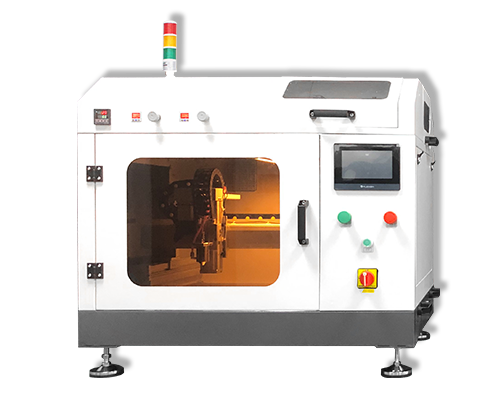PEM water electrolysis hydrogen production technology and application
Hydrogen production from water electrolysis
Hydrogen production by water electrolysis means that water molecules are dissociated under the action of direct current to generate oxygen and hydrogen, which are precipitated from the anode and cathode of the electrolytic cell respectively. Hydrogen production by electrolysis of water is usually divided into alkaline water electrolysis, proton exchange membrane (PEM) water electrolysis, and high temperature solid oxide water electrolysis (SOEC) according to the different membrane materials of electrolyzers.
Alkaline water electrolysis for hydrogen production
The diaphragm of alkaline water electrolysis hydrogen production electrolyzer is mainly composed of asbestos, which plays the role of separating gas. The cathode and anode are mainly composed of metal alloys, such as Ni-Mo alloys, etc., which decompose water to produce hydrogen and oxygen. The electrolyte of industrial alkaline water electrolyzer is usually KOH solution, the mass fraction is 20%~30%, the operating temperature of the electrolyzer is 70~80℃, the working current density is about 0.25A/cm2, and the gas pressure is 0.1~3.0MPa. The efficiency is 62%~82%. The alkaline water electrolysis hydrogen production technology is mature, and the investment and operation costs are low, but there are problems such as loss of lye, corrosion, and high energy consumption. The development of hydrogen production equipment from water electrolyzers is a research hotspot at home and abroad for hydrogen production from alkaline water electrolysis.

Hydrogen production from PEM water electrolysis
Different from alkaline water electrolysis hydrogen production, PEM water electrolysis hydrogen production uses perfluorosulfonic acid proton exchange membrane with good chemical stability, proton conductivity and gas separation as solid electrolyte instead of asbestos membrane, which can effectively prevent electron transfer and improve Electrolyzer safety. The main components of the PEM water electrolyzer are proton exchange membrane, cathode and anode catalyst layers, cathode and anode gas diffusion layers, cathode and anode end plates, etc. from inside to outside. Among them, the diffusion layer, catalytic layer and proton exchange membrane constitute the membrane electrode, which is the main place for material transport and electrochemical reaction in the entire water electrolyzer. The characteristics and structure of the membrane electrode directly affect the performance and life of the PEM water electrolyzer.
Compared with alkaline water electrolysis hydrogen production, PEM water electrolysis hydrogen production has higher working current density (>1A/cm2), higher overall efficiency (74%~87%), and higher hydrogen volume fraction (>99.99%), The gas production pressure is higher (3~4MPa), the dynamic response speed is faster, and it can adapt to the volatility of renewable energy power generation. It is considered to be a promising water electrolysis hydrogen production technology.
High temperature solid oxide water electrolysis for hydrogen production
Different from alkaline water electrolysis and PEM water electrolysis, high temperature solid oxide water electrolysis for hydrogen production uses solid oxide as the electrolyte material, and the working temperature is 800~1000 °C. The electrochemical performance of high temperature solid oxide water electrolysis hydrogen production process is significantly improved, and the efficiency is improved. higher. The electrode of the electrolytic cell adopts non-precious metal catalyst, the cathode material adopts porous metal ceramic Ni/YSZ, the anode material adopts perovskite oxide, and the electrolyte adopts YSZ oxygen ion conductor. The all-ceramic material structure avoids the problem of material corrosion. The high temperature and high humidity working environment limits the selection of materials with high stability, good durability and attenuation resistance for electrolyzers, and also restricts the selection and large-scale promotion of SOEC hydrogen production technology application scenarios. At present, SOEC hydrogen production technology is still in the experimental stage.

Ultrasonic spray fuel cell catalyst coating system can produce highly uniform, repeatable and durable coatings. Our ultrasonic spraying can well control coating properties, significantly reduce material usage, and reduce maintenance and downtime.
Our company’s ultrasonic spraying equipment can be sprayed on a variety of different metal alloys, including the preparation of platinum, nickel, iridium and ruthenium-based fuel cell catalyst coatings, as well as PEMs, GDLs, DMFCs (direct methanol fuel cells) and SOFCs (solid Oxide fuel cell) manufacturing. The battery manufactured by this technology has the characteristics of high battery load and high battery efficiency.
The optional ultrasonic dispersion system can uniformly disperse the catalyst solution without blocking the ultrasonic nozzle, thereby providing a uniform and homogeneous fuel cell catalyst coating, and has a controlled droplet size from ultra-low flow to production-scale flow.

